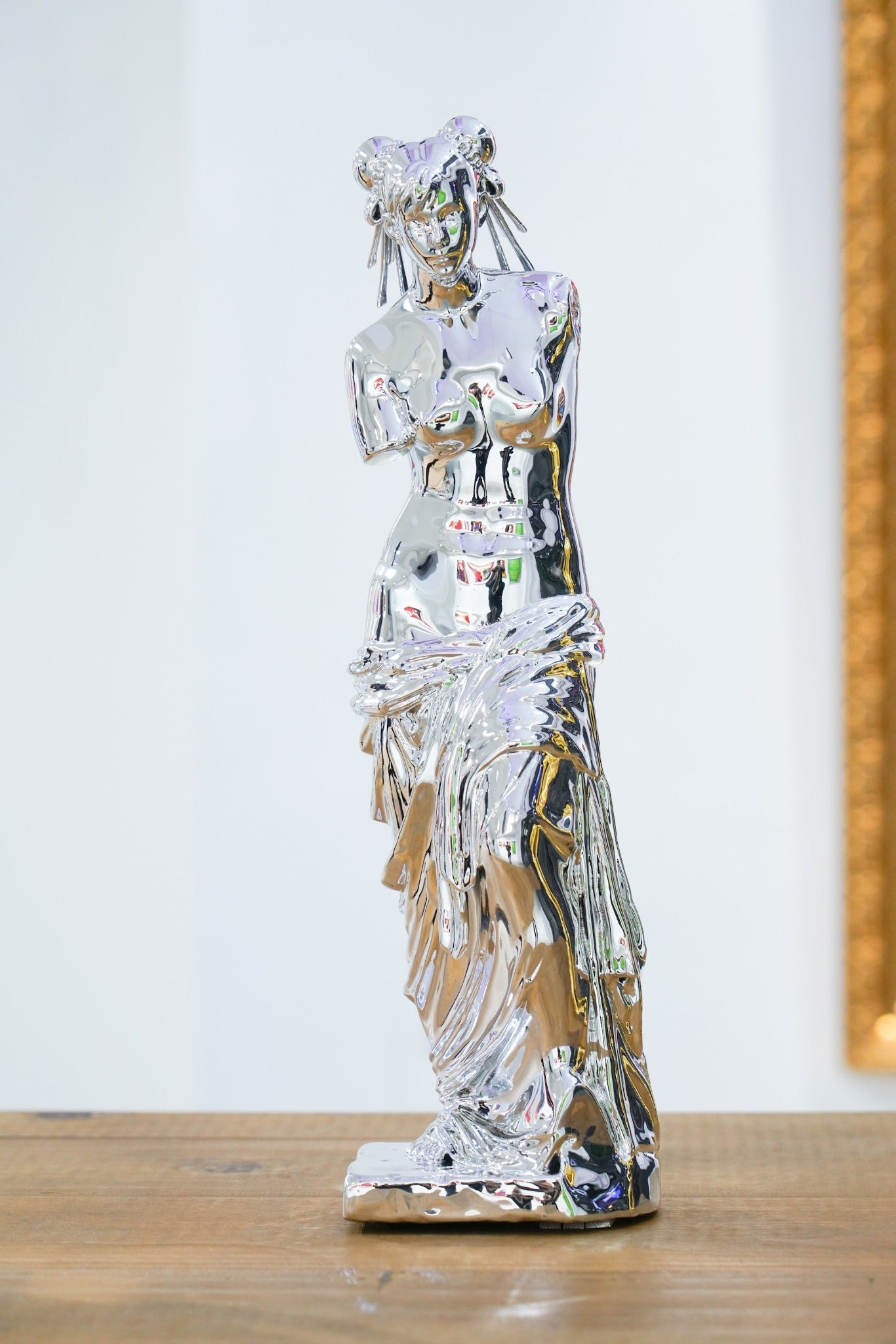
Venus de Street Fighter
Ernest Chang
$20,000.00
Exhibition Dates: Oct 4 – Oct 27, 2019
Opening Hours: Wed-Sun, 11AM-7PM
THE STALLERY
82A Stone Nullah LaneWan Chai, Hong Kong
POPUP EXHIBITION AT ETHOS
LOCATION: G/F 97 Hill Rd, Shek Tong Tsui, Hong Kong
Dates: Sep 27 – Oct 2, 2019
South China Morning Post Magazine – What do you get when you cross the Sistine Madonna with Hello Kitty? Hong Kong artist pushes boundaries

$20,000.00
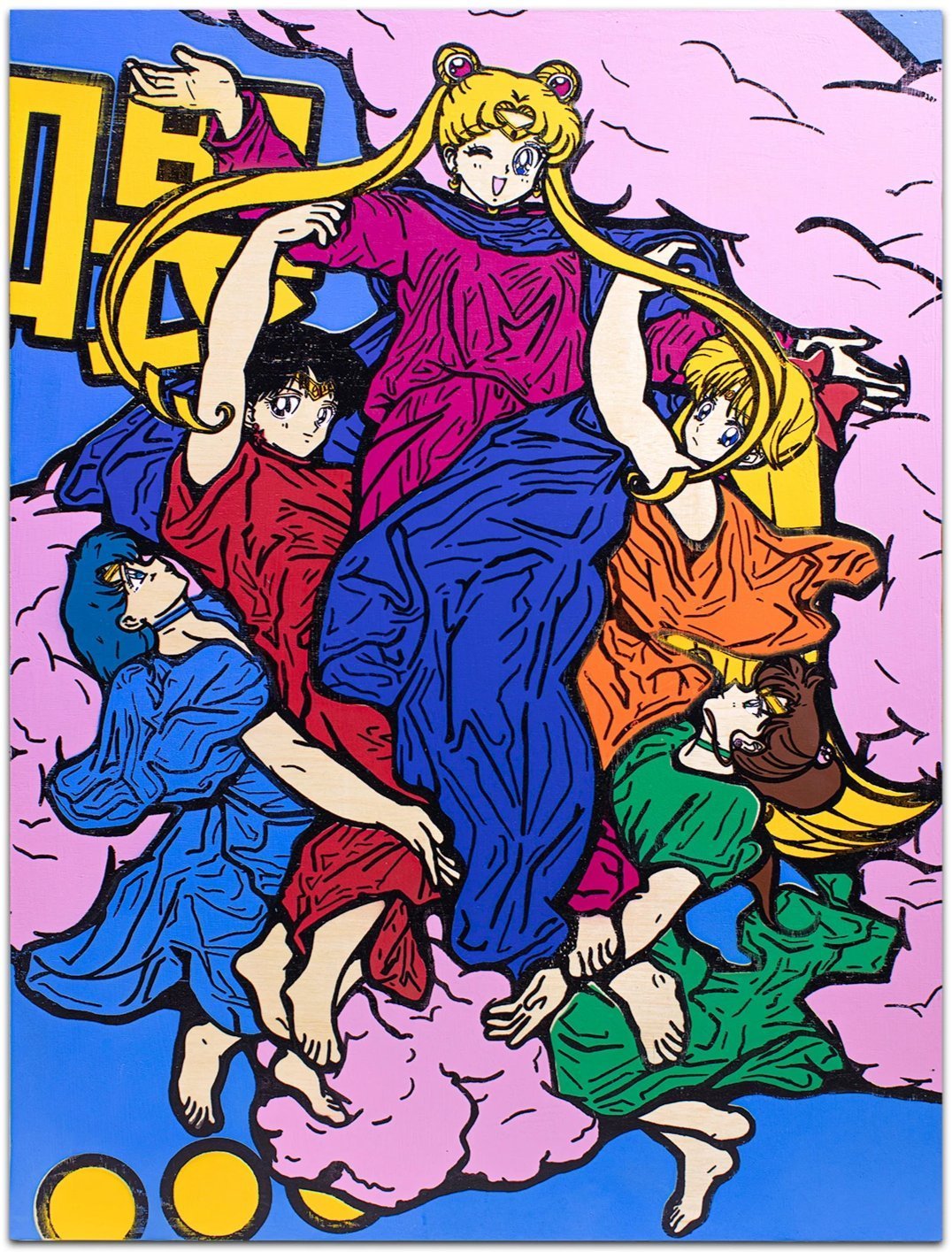
$72,000.00
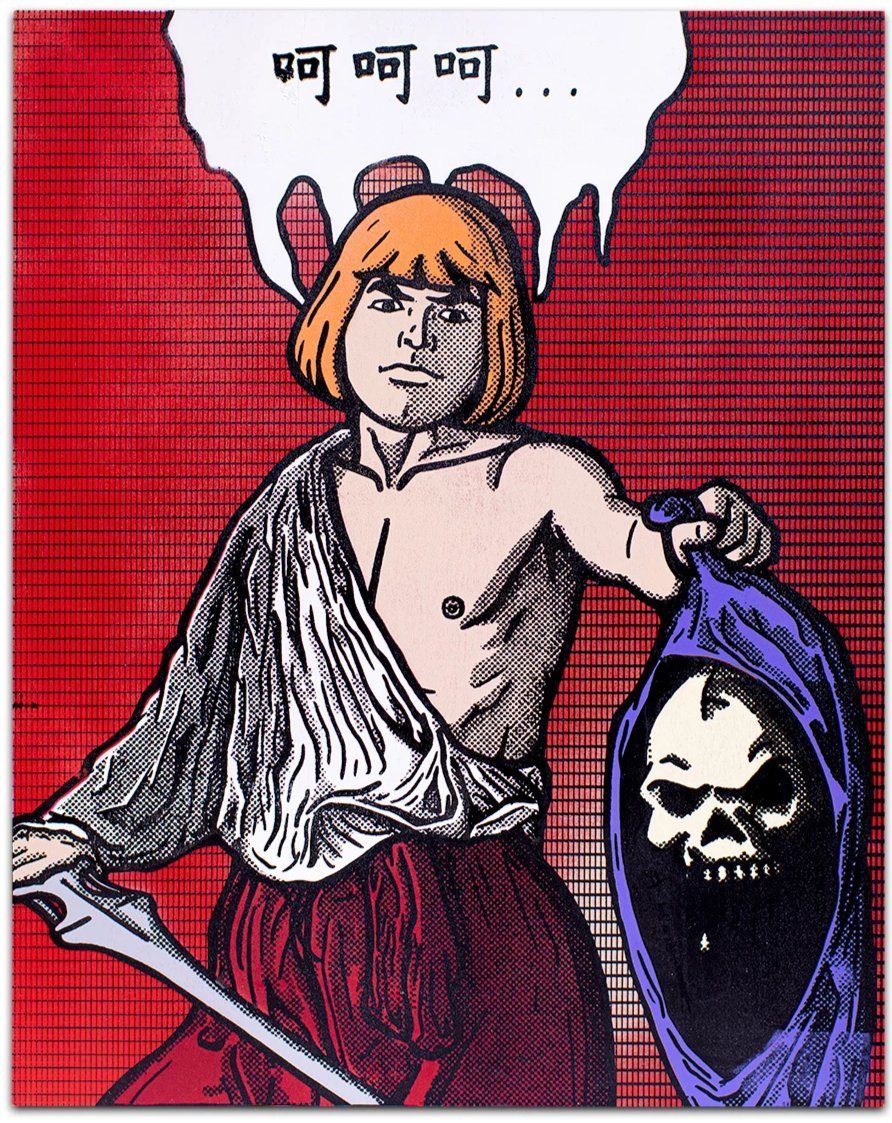
$44,000.00
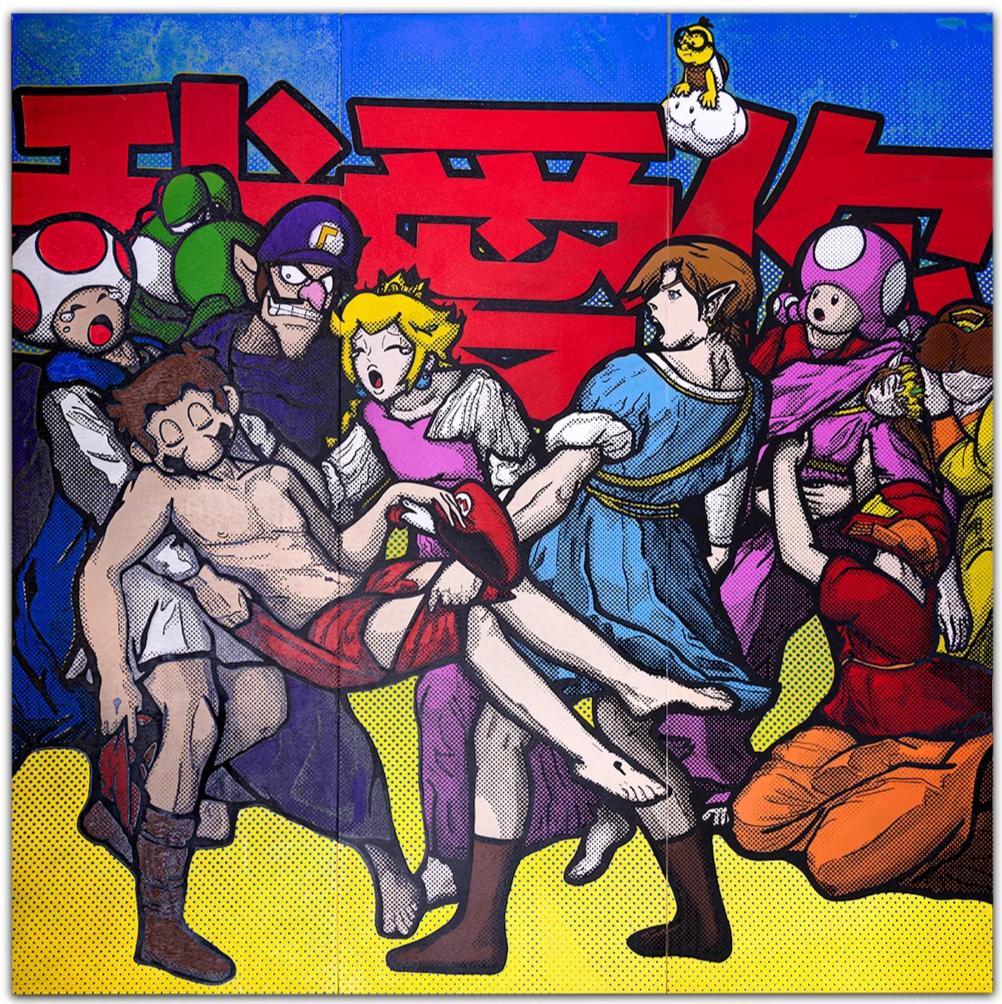
$138,500.00
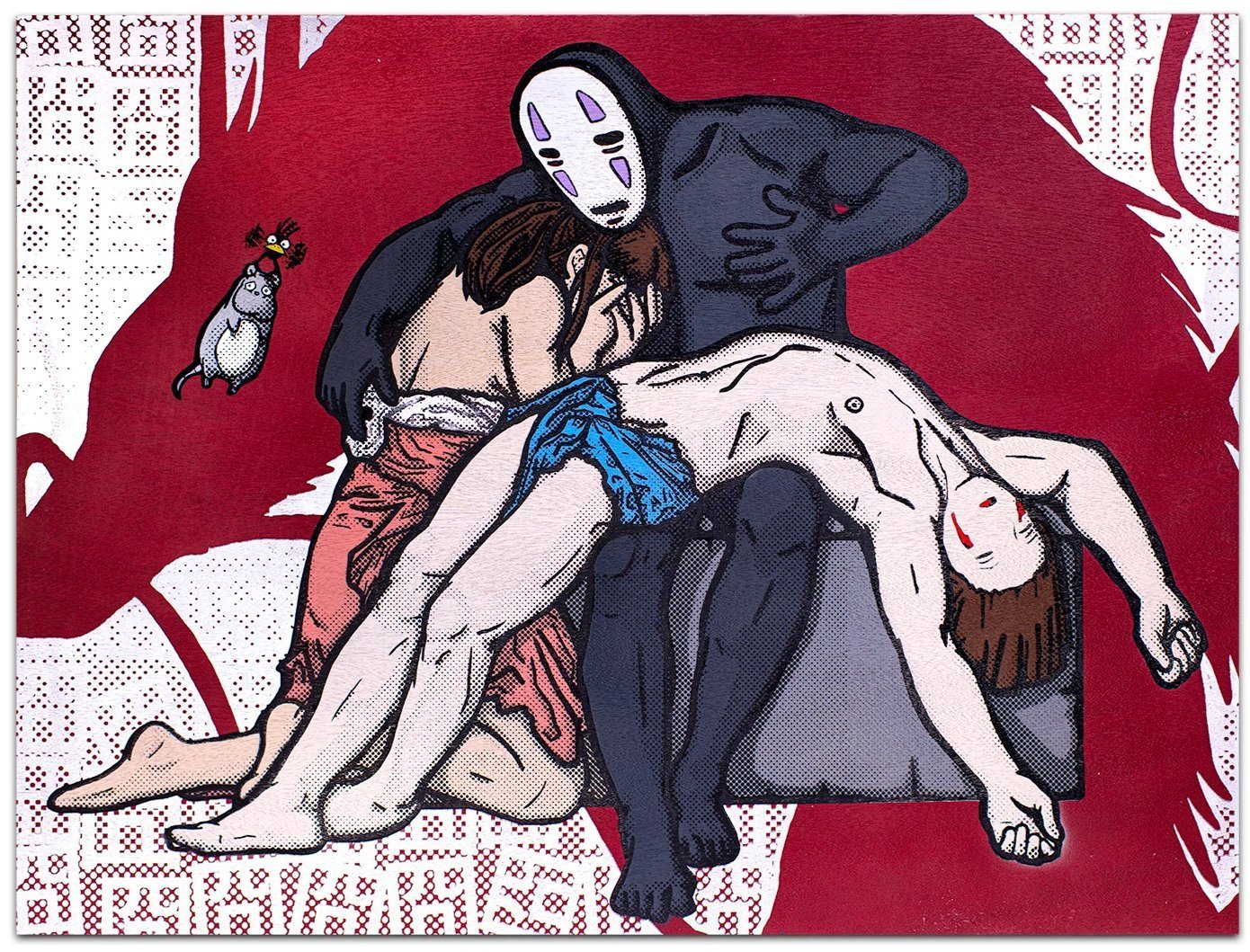
$72,000.00
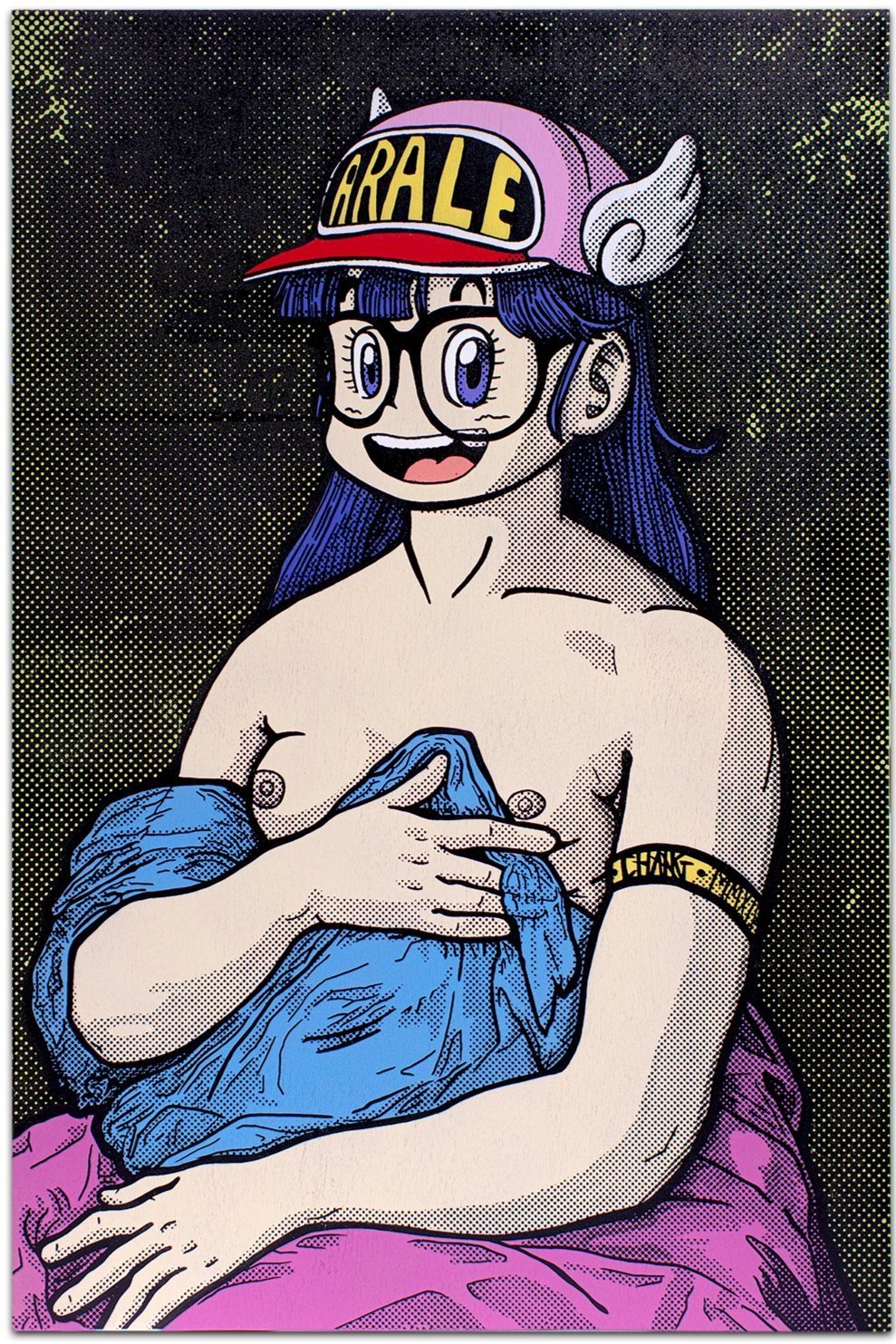
$52,000.00
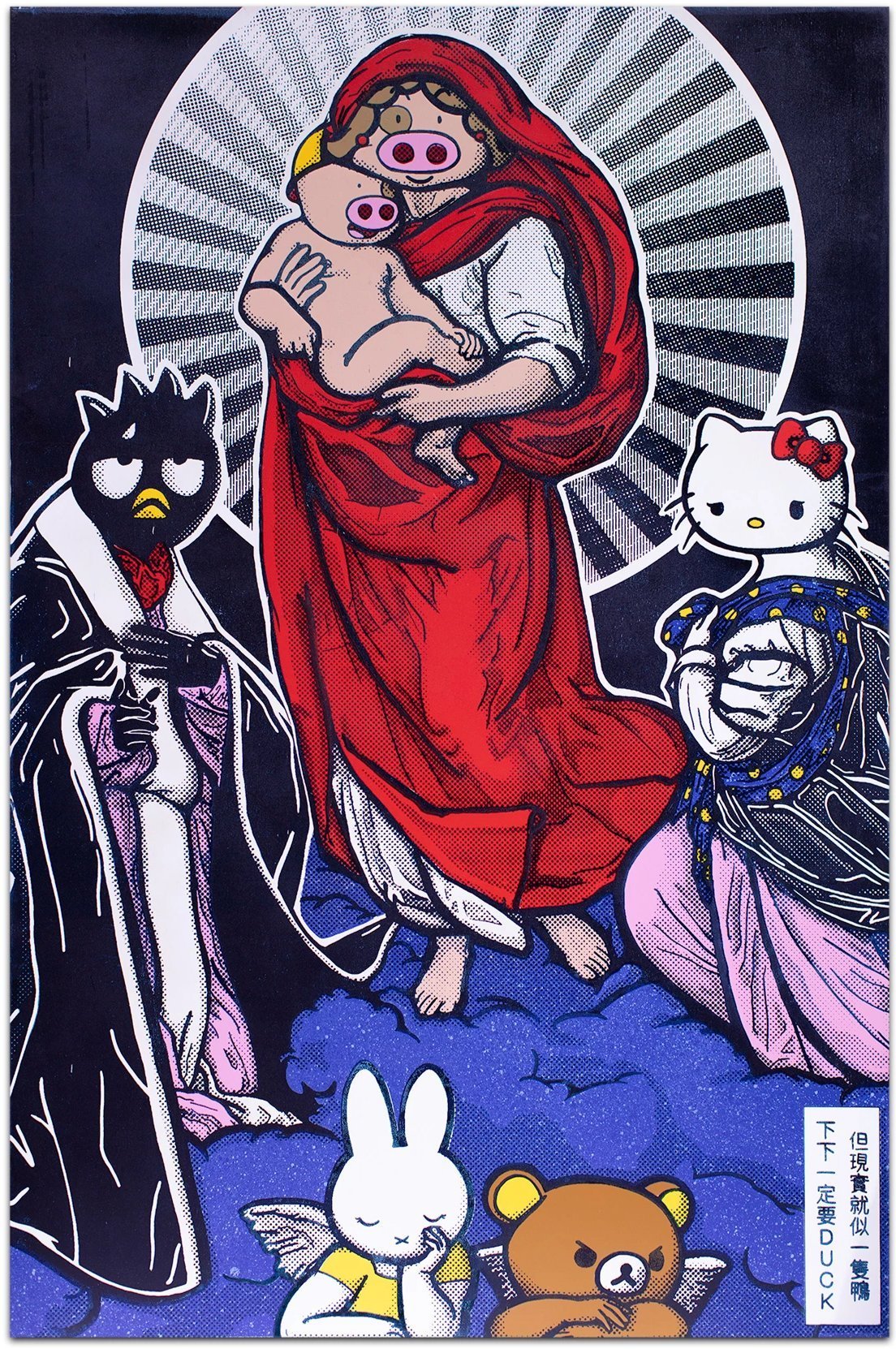
$82,000.00
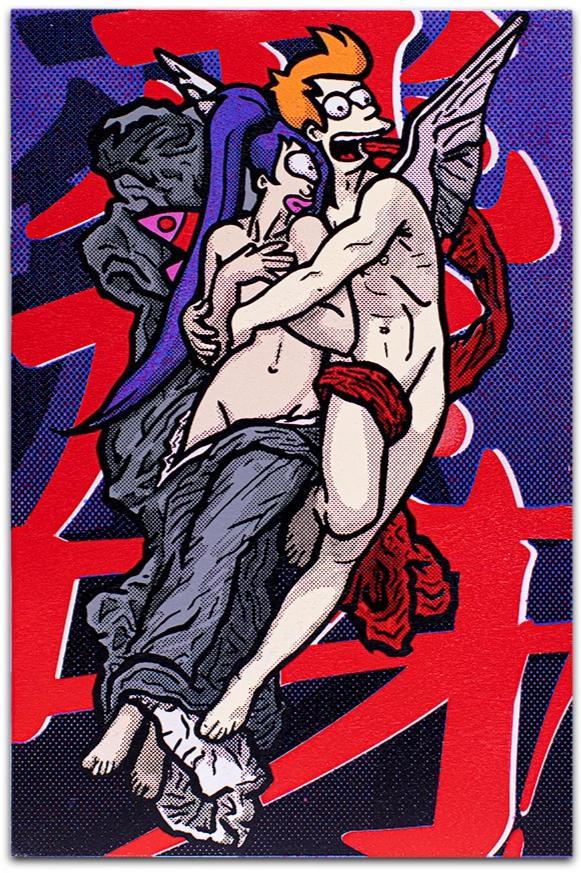
$24,000.00
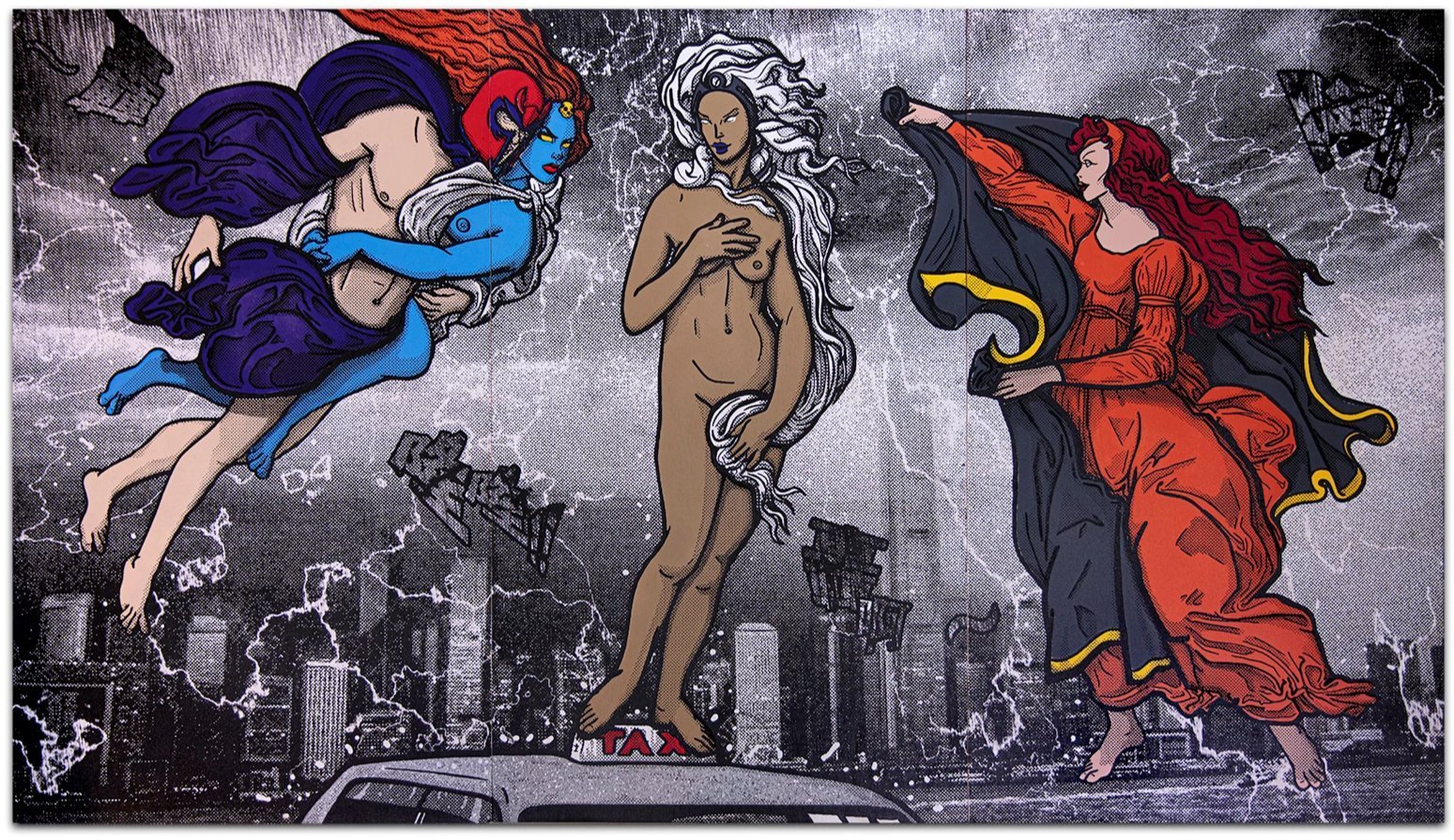
$173,000.00
“Art is supposed to communicate, to make people talk and think.”- CHANG.
With this series, my goal was to create visual, cultural, and historical hybrids. The compositions in the works allude to the classical iconography of important European paintings since the Renaissance. At the same time, they are populated by many instantly recognisable characters lifted from a contemporary mass culture originating from the US and Japan. Through juxtaposing the art-historical significance of famous paintings with the global popularity of cartoon and anime figures, I attempted to fuse the Western artistic tradition with our contemporary visual culture and elevate the truth, beauty, and wisdom that I see in both. This series, his goal was to create visual, cultural, and historical hybrids.
The American poet Austin O’Malley once wrote, “It is twice as hard to crush a half-truth as a whole lie.” I think this is true the other way too, especially in the age of speedy digital reproduction and transmission. It is twice as easy to promote a half-lie as a whole truth. I know that “half-lies” or “hybrid truths”— in the form of “fake news”, for instance — are often the cause of conflict and social and economic problems in our time. So, my question during the creative process was: “Are my works in this series, which are in so many ways visual, cultural, and even art historical “hybrids”, “half lies”? Do they, for example, entice contemporary viewers with pop colours and familiar cartoon and anime characters, using these eye-catching visual elements just to “lure” viewers to engage with the classical paintings alluded to?
My hope is that, instead of just using “half” of the elements in these works to attract viewers to engage with the “other half”, I can prompt people to reassess the value of both. I hope that, through the juxtaposition of half-tone dots reminiscent of comics drawings with the visual gravitas of the dramatic poses and figurations borrowed from Renaissance, Mannerist, and Baroque paintings, those who are first drawn to the works by the familiar figures, bright colours and bold lines will explore the cultural significance and moral teachings of the iconography; and vice versa, those who are first attracted by the recognisable figurations and religious scenes will reevaluate the elements of popular visual culture that fill the compositions with vivacity.
Another layer of considerations I had regarding “Hybrids” and “Half Lies” is rooted in the fact that my practice has always been heavily influenced by technology. When I was choosing classic paintings as references, I instinctively started his research process by scrolling through feeds of Google Images, as this was second nature to him. Without my conscious planning, my creative process paralleled my daily consumption of content on social media: I ended up choosing blueprints for his figurations after scrolling through many images of paintings and stopping at the ones that attracted my eye. This series is thus hybrids in this other sense as well — the process of creating the paintings was facilitated first by technology and machines, but was then completed by me as a human artist. Was I able to impose his artistic will during his research process, or was I able to impose his artistic will during the research process, or was I led by technology to choose certain references based on algorithms of his digital footprints? Ultimately, no matter which formal or iconographic “Entry Points” appeal to viewers, and to what extend my artistic process was a triumph of my creative instincts over the influence of technology, I attempted to create visual, cultural, and historical hybrids that represent not “Half Lies” but “Whole Truths” word.